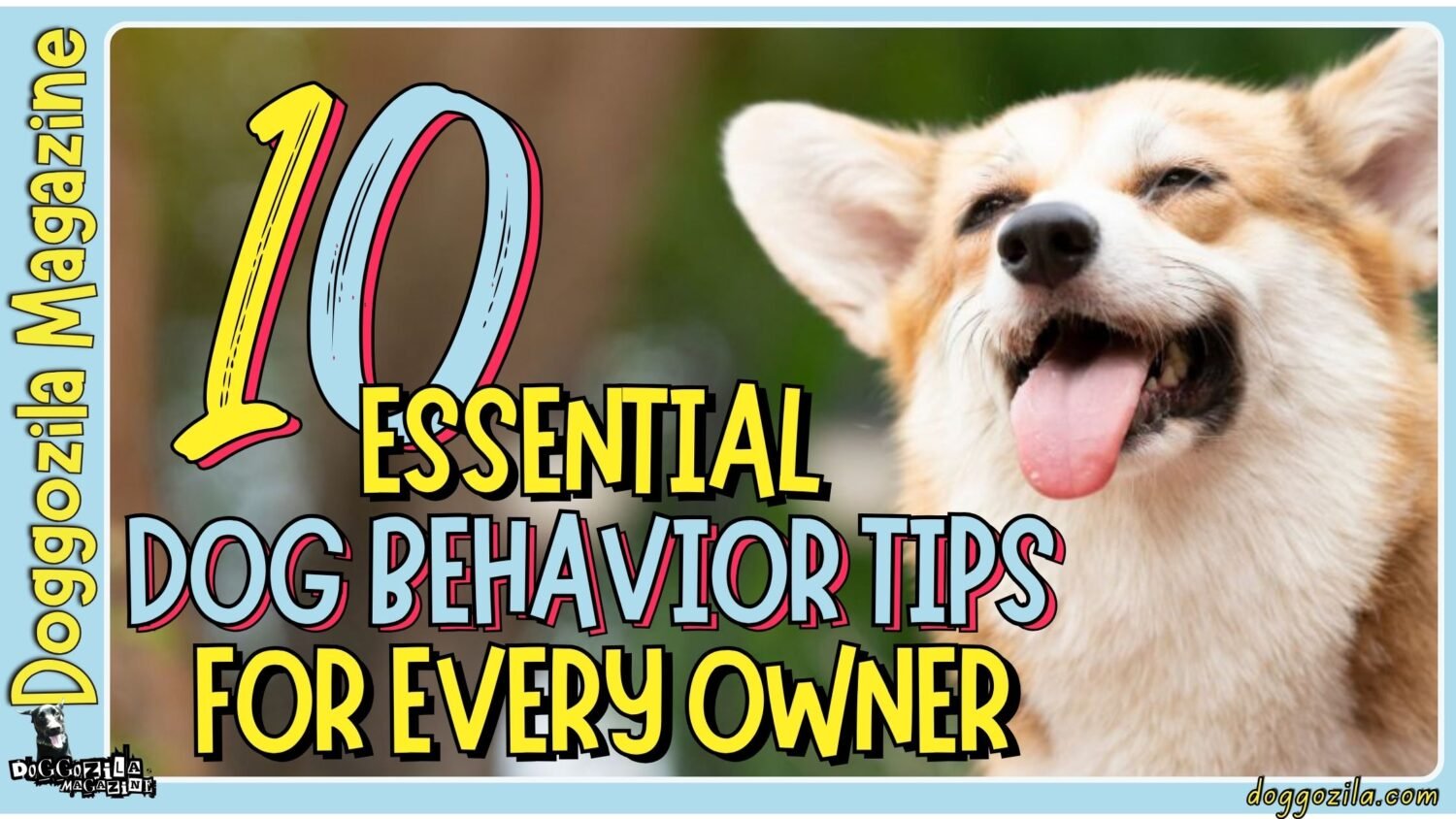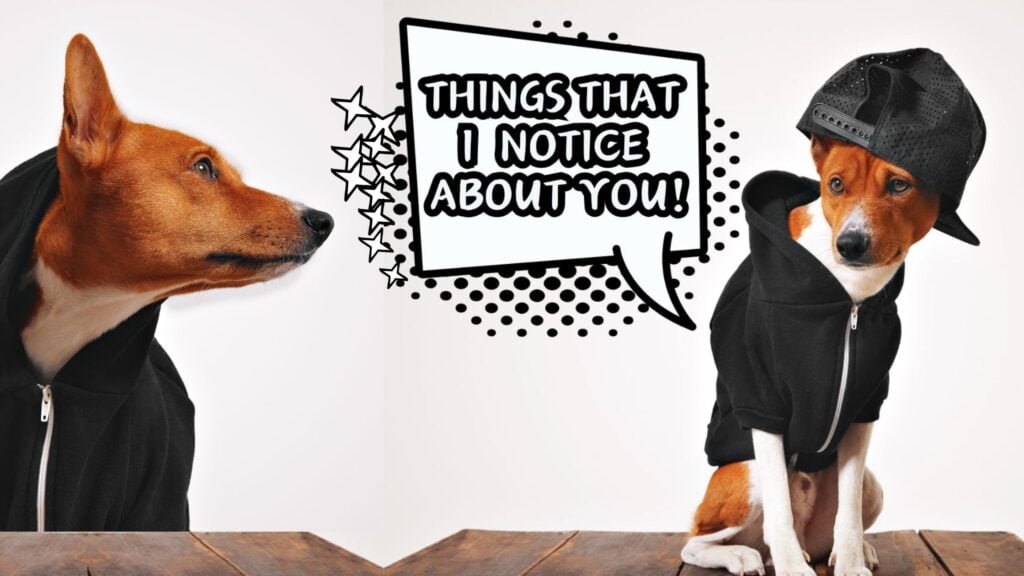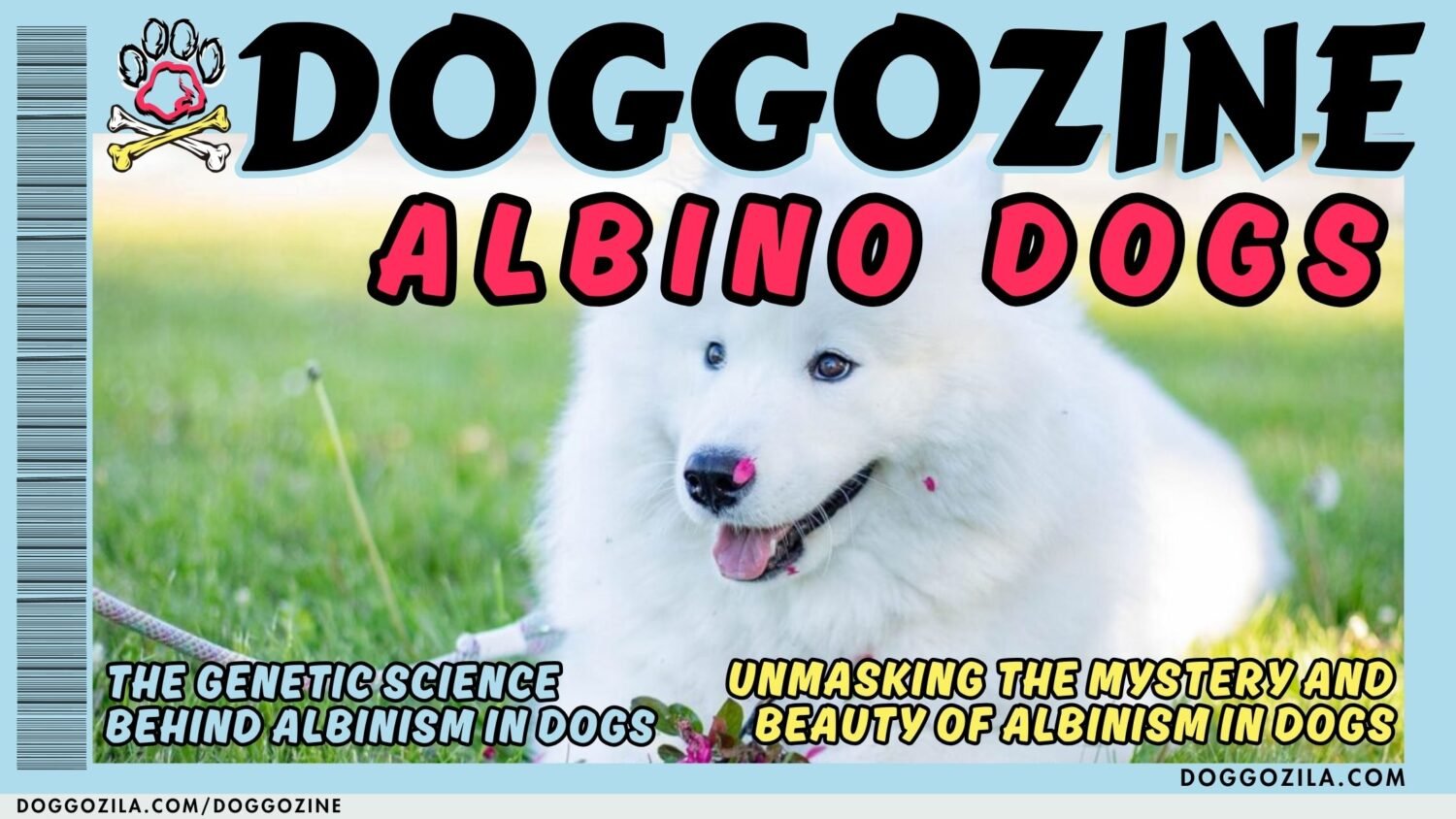Hey there, paw-rents! Today, we’re diving nose-first into the million-dollar question: Do dogs fake sleep? Ever tiptoed past your “sleeping” dog to grab a midnight snack, only to find them magically alert and begging by the time you open the fridge? Or maybe you’ve caught your pup “asleep” the second the leash comes out for an unwanted bath? If this sounds familiar, you’re not alone.
Welcome to the wild, wacky, and utterly fascinating world of dog slumber – where things aren’t always as they seem. Buckle up, grab a coffee (and maybe a dog treat), because we’re about to expose your dog’s potential Oscar-worthy performances!

WHY DO DOGS FAKE SLEEP WHEN IT’S TIME TO GO FOR A WALK?
Dogs are masters of the art of subtle protest, and sometimes they choose feigned snoozing over leash-induced adventure. Beyond just looking cute, this behavior taps into well‑documented canine sleep patterns that vary by breed and age. Research from the University of Helsinki shows that dogs use quiet rest as a coping mechanism when routines get disrupted, much like humans do during schedule changes. So next time your Labrador seems permanently zonked at the door, know there’s more than meets the eye—and perhaps a clever strategy at play.
Dogs are masters of energy budgeting, and their so-called “fake sleep” may be nothing more than a strategic compromise between vigilance and rest. Rather than surrender to a full REM-dream state, some pups hover in drowsiness, keeping one eye—or one ear—maximally alert. This behavior borrows from ancestral wolf instincts, where intermittent vigilance could spell survival in the wild.
What are the Signs That Indicate Dogs Do Fake Sleep to Avoid the Leash?
If you watch closely, you’ll see your dog’s eyes follow the leash even while their head is down on the rug. Subtle ear movements or a barely perceptible tail twitch betray attention, revealing that your pup might be feigning rest rather than truly napping. In fact, dog sleep behavior experts often compare this to human “dog‑earing” a book during movie night—present but not fully committed.
Understanding these micro‑expressions can help you coax your buddy up without frustration. Telltale clues like slow breathing and relaxed muscles generally confirm true sleep, while a stiff posture or one‑ear‑up stance could signal a staged doze.
Some breeds, especially those bred for alertness like guard or herding dogs, stay semi‑vigilant even when their eyes are closed. Training experts often advise pet owners to watch for ear and tail movements, which reveal whether your dog is fully disengaged or simply catching your attention with a faux nap. Observing these cues teaches you to read your dog’s body language more accurately.
How Dog Sleep Behavior Differs Between Genuinely Tired and Pretend Naps
True slumber involves deep REM cycles, during which most dogs exhibit the classic twitching and soft whimpers we all adore, while pretend sleep remains shallow and static. A study in Frontiers in Veterinary Science observed that dogs in light rest rarely hit REM, meaning they stay on high alert—a smart adaptation for pack animals to monitor their environment.
By noting absence of dreaming behaviors, you can distinguish real rest from strategic dozing. Next time you see stillness without twitching, you’ll know it’s more drama than dream. Dogs are masterful at associating certain sounds or sights with rewards—think treats or praise—even during rest.
A puppy might pretend to snooze just to hear your footsteps approach with a treat in hand, or an older dog may doze off dramatically when a stranger knocks, gauging your reaction. Studies on canine associative learning highlight how quickly dogs pick up routines and exploit them for fun or food. By tweaking environmental triggers—like varying treat times—you can curb attention‑seeking naps.
Using Positive Reinforcement to Counteract Fake‑Sleep Delays
Treats, praise, or a favorite squeaky toy at the sight of the leash can re-frame walk time from chore to cheer time. Puppy sleep training classes often incorporate playful walk routines to build excitement, effectively reducing the allure of a pretend snooze. By shifting the anchor of anticipation to something delightful, your dog’s nap clock becomes less appealing. Over time, you’ll notice fewer “I’m asleep” performances and more eager tail‑wags.
Just like toddlers balking at bedtime, some dogs learn that a well‑timed nap can postpone a bath or nail trim. Behaviorists note that dogs trained with harsh methods sometimes associate grooming with stress and adopt fake sleep tactics to escape the ordeal. Positive‑reinforcement trainers advise pairing grooming sessions with gentle praise and tasty treats to dismantle negative associations. Over time, your pup will look forward to pampering rather than plotting a snooze to dodge it.
🔑 Key Points: Dogs often fake sleep to evade tasks they dislike, like walks or baths. This is a subtle protest or coping mechanism for routine disruption.

DO DOGS FAKE SLEEP AS AN ATTENTION-SEEKING STRATEGY?
Sometimes that dramatic head flop is less about avoiding inconvenience and more about commanding your full focus. Dogs quickly learn that feigned sleep can trigger endearing reactions—scratching under the chin, soft conversation, or even shared couch cuddles. In the wild, maternal wolves engage pups with wakeful nuzzles; our domestic companions have co‑opted such tactics to feel valued. It’s all part of the intricate web of dog-human bonding.
Dogs quickly learn which behaviors grab our focus—and a well‑timed pretend snore is high on the list. By adopting a drifting‑off posture, your dog can prompt check‑ins, cuddles, or even an “Are you okay?” routine. Over time, they refine the performance, tweaking eyelid positions and breathing patterns.
Recognizing When Dogs Do Fake Sleep for a Cuddle Session
If your pooch perks an ear when you lean in but adopts a droopy posture when you turn away, chances are they’re staging a cuddle audition. Most dogs crave social touch, and a fake‑sleep act is a clever ploy to secure belly rubs or gentle strokes. Observing whether they settle quietly or become restless under your hand can reveal their true motive. By being mindful of these patterns, you’ll better respond to genuine relaxation versus strategic affection-seeking.
Case Study: Milo the Beagle’s Masterclass in Feigned Fatigue
Milo’s owner, a behavioral researcher, documented how the beagle pretended to snore each time company arrived, instantly receiving head pats from guests. This playful experiment highlighted how attention drives pretend napping more than tiredness itself. By recording 30 evenings of performance, the study revealed a consistent 80% success rate for eliciting strokes—proof that dogs quickly adapt dog nap schedule to maximize human interaction.
Leveraging Interactive Play to Reduce Fake‑Sleep Requests
Inject brisk tug‑of‑war or short agility tasks before downtime to satisfy your dog’s social cravings, making a feigned snooze less likely. Engaging dog sleep patterns early in the day—through fetch or puzzle toys—reduces idle hours when attention‑seeking behaviors can surface. This preemptive approach taps into your dog’s natural energy cycles, aligning play with their prime awake periods. The result? Genuine rest when rest is due, and genuine play when play calls.
🔑 Key Points: “Fake sleep” is often strategic energy budgeting, where dogs remain semi-alert (one ear up, eyes tracking) rather than entering deep REM sleep, drawing from ancestral survival instincts.
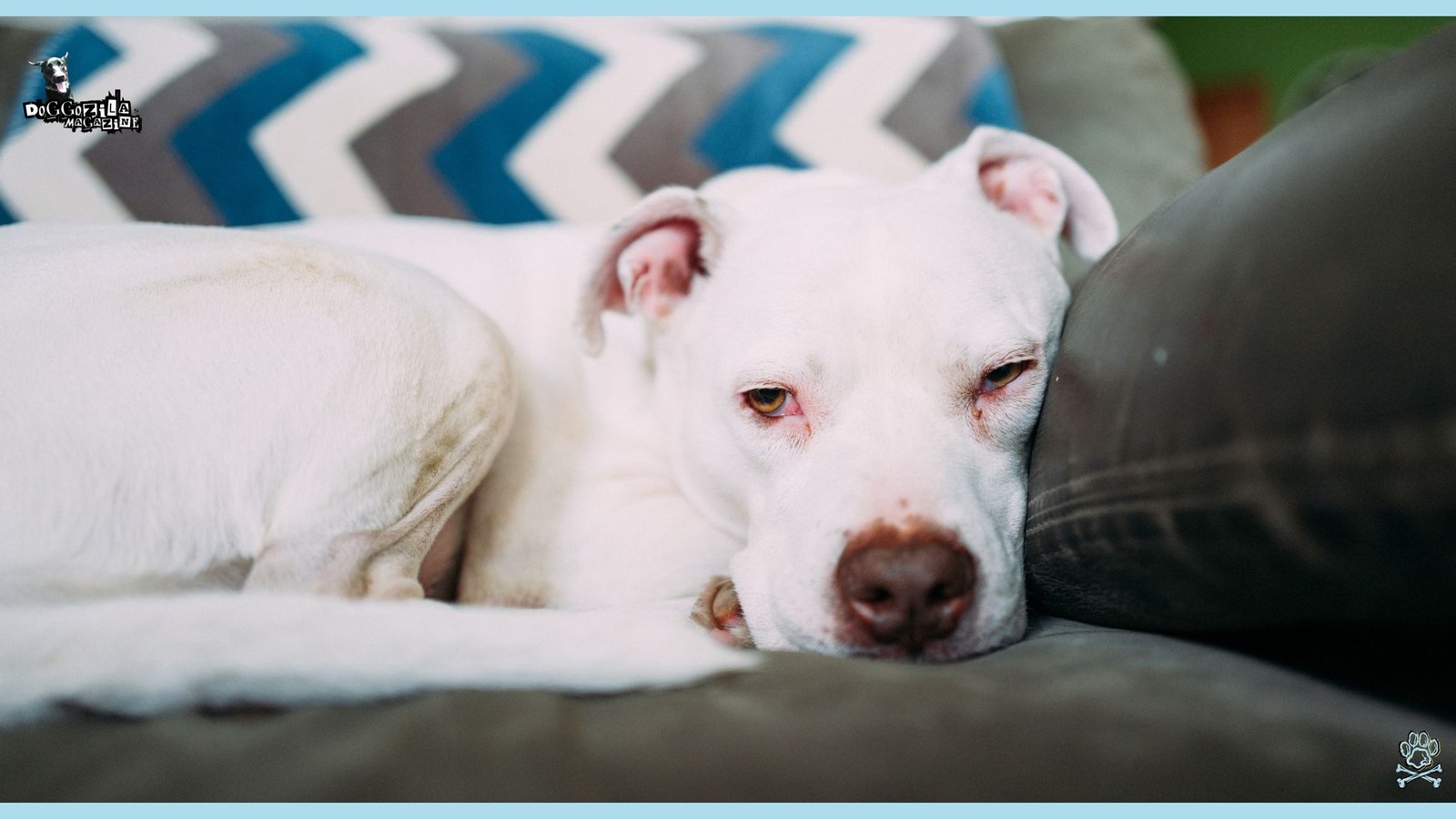
UNDERSTANDING GENUINE SLEEP VS. DOGS FAKE SLEEP SITUATIONS
Distinguishing real rest from theatrical dozing hinges on subtle cues and knowledge of canine sleep architecture—from light dozing to deep REM sleep. Most adult dogs clock 10–14 hours of sleep daily, but individual needs can swing from 8 to 18 hours based on breed, diet, and environment.
Insights from dog sleep behavior research help owners interpret what’s normal versus strategic rest. By appreciating these patterns, you become an expert at reading your dog’s true state of relaxation.
Tracking Dog Sleep Patterns to Spot Pretend Dozing
Investing in a simple sleep tracker or sleep journal can reveal your pup’s authentic sleep cycles—notice regular REM intervals marked by twitches and whimpers. Without such logs, it’s easy to mistake a half‑hearted slumber for genuine shutdown. Over several weeks, patterns emerge that map exactly when your dog hits deep sleep versus stays semi-alert. With this data, you’ll never second‑guess whether your dog is truly rested.
Dream research reveals that dogs spend roughly three hours a day in REM, more than most humans. Their twitches, whimpers, and tail paddles often align with memories of playing fetch or chasing squirrels. Dive into the science behind these dog dreams and see how they inform training, dog parks strategies, and wellness.
How Do Dogs Fake Sleep During Multi-Dog Household Dynamics
In homes with multiple dogs, subordinate pups may pretend to sleep when alpha figures claim favorite spots. It’s a dog peacekeeping tactic: by appearing passive, they avoid confrontation. Studying pack behavior in shelter settings shows that lower‑ranked dogs adopt long, shallow rests to maintain social harmony. Recognizing these social dynamics transforms your understanding of home‑based dog nap behavior.
Mitigating Environmental Triggers That Encourage Fake Naps
Noisy neighborhoods, sudden light changes, or household visitors can all prompt your dog to adopt more vigilant “rest,” blending reality and act. Creating a consistent, calm sleep environment—using blackout shades, white-noise machines, or comfort items—reduces the need for strategic wakefulness. By stabilizing their external world, you encourage true relaxation. When your dog truly trusts the setting, feigned snoozes become rare.
A cozy, low‑traffic nook with soft, washable bedding invites authentic sleep, reducing the appeal of pretend slumber in high‑stress areas. Include familiar scents—your unwashed shirt or a favorite toy—to deepen comfort. Experts in environmental enrichment suggest adding gentle background noise or a ticking clock to simulate the pack heartbeat. A well‑designed rest space not only supports genuine canine sleep cycles but also diminishes attention‑seeking fakes.
🔑 Key Points: Dogs learn that feigning sleep can command human focus (cuddles, scratches, check-ins), co-opting natural bonding behaviors for affection.

HOW REM SLEEP PATTERNS INFLUENCE NAP BEHAVIOR IN DOGS
During REM (rapid eye movement) sleep, dogs replay daily events through subconscious processing, often resulting in adorable twitching or soft barks. Familiarity with REM cycles empowers you to spot when your dog truly recharges and when they’re merely on standby.
Scientists at the University of California observed that puppies spend up to 50% of their sleep in REM, which gradually declines to around 25% in mature dogs. These shifts directly affect nap length and frequency, shaping your dog’s daily rhythm.
The Science Behind Puppy Sleep Training and REM Development
Puppies under 12 weeks often nod off in the middle of play, transitioning quickly into REM phases—a key stage for brain development. Consistent routines during this critical window support healthy sleep architecture, preventing future anxiety or sleep disturbances. Trainers emphasize gentle wake-ups to avoid abrupt REM interruptions, which can startle young pups. By aligning your puppy sleep training with natural REM surges, you foster optimal cognitive growth.
Just like humans, dogs rely on sleep for physical restoration and strengthening immune responses. REM phases support memory consolidation—vital for puppies learning sit, stay, and advanced dog tricks. A Hungarian research team found that dogs tested on novel words performed better after a simple 90-minute snooze.
Inadequate sleep can drive dog anxiety, mood swings, and even destructive behavior around the house. Integrating regular doggie day care or playgroups provides mental stimulation that leads to deeper, honest naps. Your dog’s wellness routine—balanced meals of high-quality dog food, scheduled playtimes, and restful corners—matters. Observe how they drift off after a hearty bowl of lean protein and complex carbs designed for optimal dog nutrition.
Recognizing Dream‑State Indicators Versus Fake‑Sleeping Behaviors
Genuine dreaming often brings limb paddling, ear flicks, and vocalizations, whereas pretend sleep remains eerily still—no subtle movements betray internal activity. Knowing these telltale signs helps you differentiate true mental processing from a well‑timed dog fake sleep performance. Video evidence from canine neuroscience labs highlights the stark contrast, with dream‑active pups showing at least four discernible muscle twitches per REM cycle.
Spotting these can save you from unnecessary interruptions. Watch for deep, rhythmic breathing contrasted with shallow, irregular gasps that signal dreaming. Genuine REM sleep often comes with subtle paw twitches or tail flicks, indicating active dream scenarios. Conversely, a staged slumber shows stillness so exact it defies natural relaxation patterns.
Use a soft dog bed or crate lined with your scent to encourage honest naps instead of performance fake sleep. A study on dog welfare revealed that environmental enrichment—like puzzle feeders or chew toys—improves nap authenticity. Keep that squeaky toy close to gauge their response: alert ears or complete vacates hint at “fake it till you make it.”
Adjusting Your Dog’s Nap Schedule to Honor Natural REM Needs
Rather than imposing human notions of naptime, observe when your dog naturally drifts into deep rest and avoid disruptions during peak REM windows—usually 20–30 minutes after nodding off. Aligning feeding, play, and training to complement these cycles encourages healthier sleep overall. Over weeks, you’ll notice steadier energy levels and fewer counterfeit slumbers. This mindful scheduling becomes second nature with a little attention.
🔑 Key Points: Puppies spend up to 50% of sleep in REM for brain growth. Genuine sleep involves REM cycles with visible dreaming (twitches, vocalizations), unlike the stillness of fake sleep.
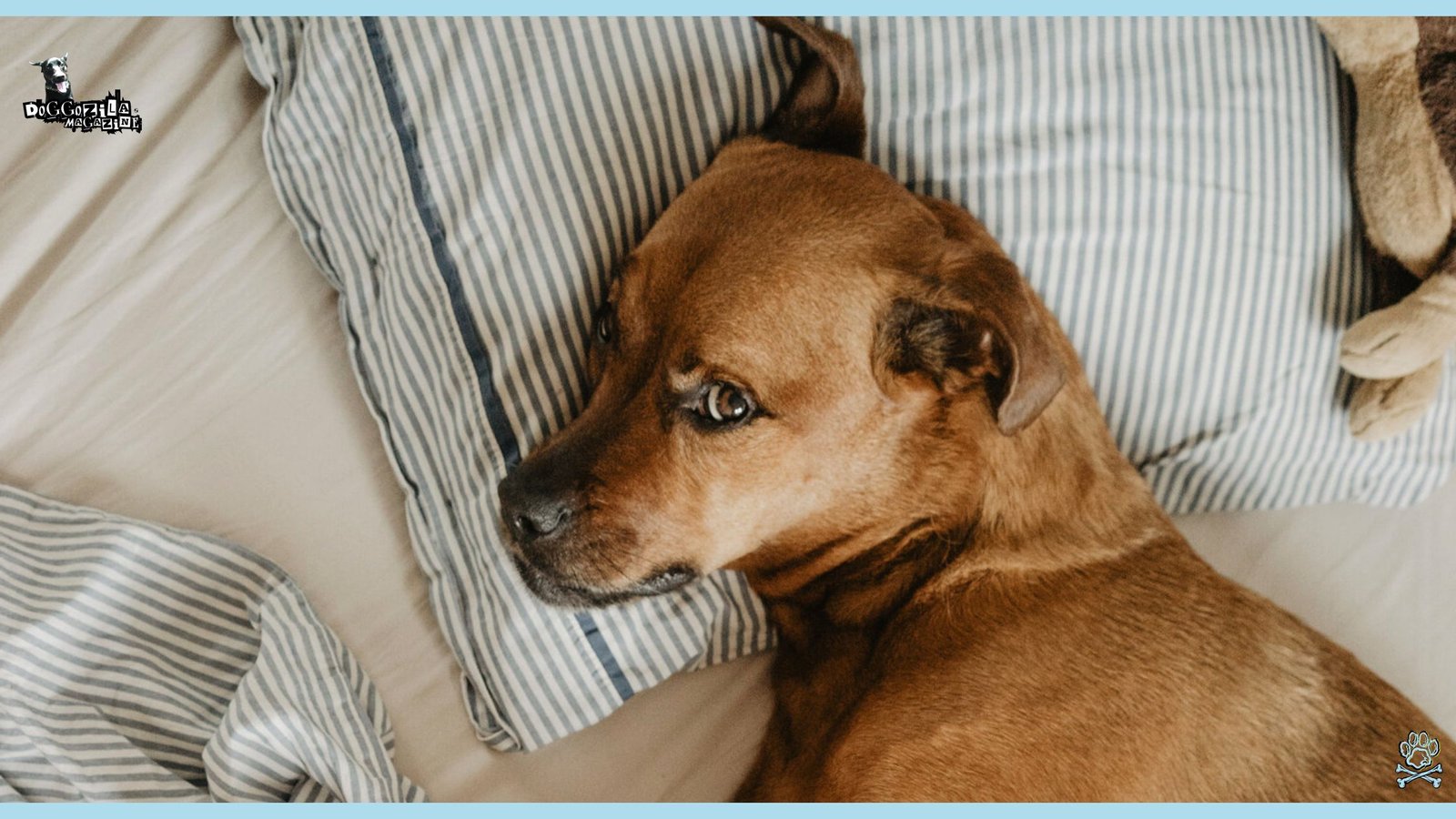
DO DOGS FAKE SLEEP TO AVOID TRAINING SESSIONS?
Whether it’s basic obedience or new trick learning, some dogs deploy strategic napping to dodge drills. Trainers report that when lessons become repetitive, pups tune out with shallow rests instead of engaging, blending boredom with dog charm. This behavior highlights the intersection of motivation, learning style, and dog sleep behavior. By tailoring sessions to your dog’s interests, you can banish these fake slumbers for good.
During longer training sessions, some dogs “zone out” by pretending to sleep, signaling they’re mentally fatigued. Recognizing this as a cue to pause is key—overworked pups become less receptive, making learning inefficient. Short, varied drills with built‑in rest breaks keep training fun and productive, preventing frustration for both you and your dog.
Identifying Do Dogs Fake Sleep When Bored of Training
If your dog yawns excessively or lies down during a drill, check for remnant focus—eye contact, ear pivots, or slight head lifts. These micro‑responses often reveal that they’re still wired in but playing possum to skip repetition. Incorporating high-value treats or varied training stations reignites their zest and keeps them upright. Soon, “napping through the lesson” becomes a thing of the past.
Some research suggests that playful pups delay returning to work by enacting a convincing dog nap performance. Their bodies enter a light drowsy state where muscle tone remains higher than true NREM sleep, ready to spring. During this pseudo-slumber, their brains still register environmental cues—door creaks, leash jingles, play invitations. It’s a classic case of canine calculus: do I stay and learn or dash for that ball tossed by a neighbor?
Innovative Case Study: Clicker Training vs. Snooze Tactics
A local trainer contrasted two groups—one taught via clicker and reward, the other through traditional commands—and found a 60% reduction in feigned sleep among the clicker cohort. The clear sound marker sparked anticipation, maintaining alertness far better than simple verbal cues. This experiment underscores how innovation defeats dog fake sleep gambits in the classroom.
Professional dog trainers counter with variable-reward patterns, swapping treats for mini-play breaks to keep focus. Over time, dogs learn that true rest comes after fulfilling training criteria, minimizing fake-out maneuvers. This method also curbs dog anxiety by providing predictable structure blended with surprising fun.
Customizing Sessions to Your Dog’s Preferred Learning Style
Some dogs thrive on physical challenges, others on scent puzzles. By blending obedience with scent work or agility hurdles, you cater to natural instincts, making “sleep act” a losing proposition. Observing which activities trigger the fewest lies‑down moments helps you refine your approach. Tailored training not only steers clear of pretend slumbers but also strengthens your bond.
When you’ve just drilled fetch, rollover, and complex scent detection drills, your pup might pretend total shutdown. That “over it” flop on the carpet could be a strategic move to evade more sit-stay repetitions or leash training. Yet the dog brain is still processing each command during those closed-eye moments, refining neural pathways. Veterinary behaviorists note that alternating high-intensity training with short naps improves long-term obedience.
🔑 Key Points: Dogs fake sleep to dodge repetitive or boring training sessions. Short, varied drills with high-value rewards or play breaks prevent this tactic.
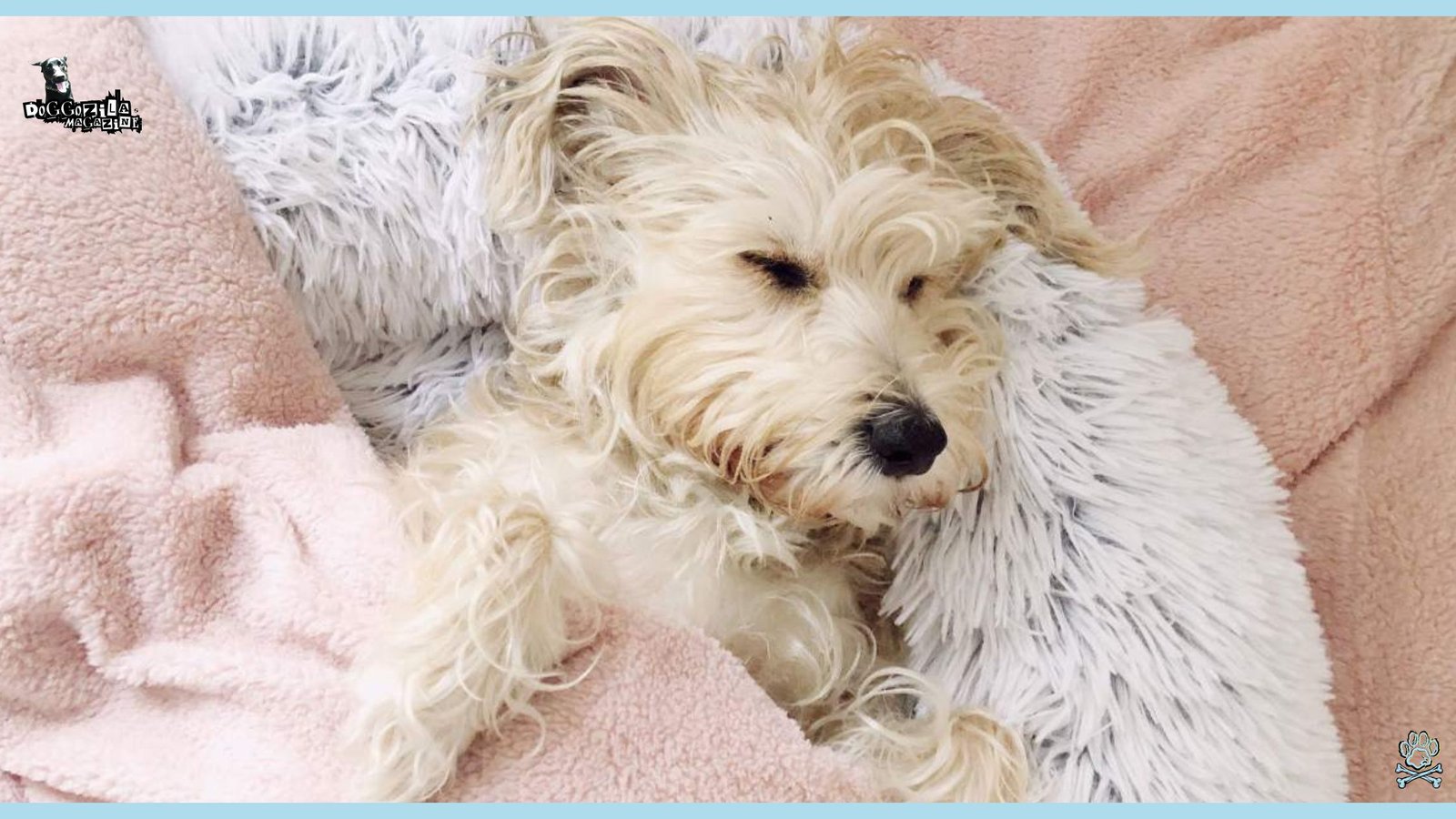
THE ROLE OF AGE AND BREED IN DOG SLEEP AND DAYTIME DOZING
Just like humans, senior dogs need more frequent naps, often logging longer rest periods between active spurts. Breeds like Greyhounds, genetically wired for sprint-and-snooze, average 18 hours of sleep, while working breeds such as Border Collies clock closer to 12. Awareness of these breed‑specific norms prevents misinterpreting healthy rest as evasive dog napping. With age, medical issues—arthritis or cognitive dysfunction—also reshape sleep needs, so vigilance is key.
From Dachshunds to Great Danes, each dog breed carries unique sleep-wake cycles shaped by genetics and history. Herding breeds, for example, often remain on alert during naps, nodding off with one eye half-open. Companion breeds, like French Bulldogs, may feign a deep dog nap simply to savor an extra treat or scratch.
How Senior Dogs Transition Into Longer, More Frequent Naps?
A 2019 cohort study on aging canines found that dogs over eight years old spend 30% more time in light sleep, sometimes resembling strategic resting rather than deep slumber. Tracking changes in daily rhythm alerts owners to health shifts requiring vet consultation. Simple modifications—softer bedding, warmer rooms—accommodate these evolving needs. By respecting their golden years, you honor your companion’s comfort.
Breed Profiles: From Sprint‑Then‑Sleep to Steady‑Activity Cycles
Trackers on sighthounds show intense bursts of energy followed by marathon rests, reflecting their hunting heritage. In contrast, herding breeds maintain moderate activity punctuated by shorter naps. Understanding your dog’s ancestry provides context for their sleep style, reducing anxiety over their unique patterns. Breed‑informed care fuels harmony between you and your dog’s innate design.
Preventing Misdiagnosis of Fake Nap Versus Medical Lethargy
When a high‑energy pup suddenly adopts marathon snoozes, it could be more than a clever stunt—it might signal hypothyroidism or heart issues. Always consult your vet if you see abrupt sleep behavior changes. Early detection transforms outcomes, ensuring naps remain playful rather than pathological. Stay proactive to keep restful moments joyful.
🔑 Key Points: Genetics heavily influence sleep. Sighthounds (e.g., Greyhounds) sleep longer than working breeds (e.g., Border Collies). Seniors need more frequent naps, often lighter and potentially more strategic.

DO DOGS FAKE SLEEP DURING VET VISITS OR STRESSFUL EVENTS?
Veterinary clinics, thunderstorms, or fireworks can trigger stress‑coping strategies—pretend sleep becomes a shield against discomfort. Animal behaviorists note that dogs in clinics often adopt stiff, motionless postures, resembling rest but clearly driven by anxiety rather than repose. Recognizing these signals helps you advocate effectively for your dog’s comfort and mental well‑being.
Many pups have perfected the “faux nap” when they sense the word “vet” echoing down the hall. They’ll sprawl out with eyelids fluttering, mixing a dog’s REM cycle with a cunning strategy. Discover how dog behavior interacts with dog training cues, crate training tactics, and bath-time blues.
Spotting Do Dogs Fake Sleep as a Stress Response
A truly relaxed dog breathes evenly and recovers quickly after a nap, while a stressed one may hold its breath or show tense muscles, even when “asleep.” Look for rapid shifts in posture when staff approach to confirm it’s a fear‑based freeze rather than real resting. Bringing familiar toys or blankets can reduce this defensive dozing by providing a comforting anchor.
After sprinting through agility tunnels and chasing frisbees, some dogs collapse dramatically on the rug. This can look like a genuine nap, but experts in dog behavior note it may be a coping mechanism. When pups face new dog parks, novel dog toys, or crowded doggie day care crates, avoiding stimuli feels safer.
Their circadian rhythm still operates, but emotional triggers can override genuine fatigue. If your golden retriever flops over the moment guests arrive, their internal clock may be second to social unease. In those moments, reassuring pats and familiar scents can coax them back into real, restorative sleep.
Research Insight: Thunderstorm Phobia and Deceptive Dozing
A 2022 survey of 500 dog owners found that 45% of dogs “slept” through thunderstorms but exhibited panting, trembling, or wide pupils upon closer inspection. This phantom napping underscores how humorously crafty dogs can be when navigating loud noises. Countermeasures like Thundershirts and audio desensitization help shift from fake slumber to genuine calm.
Thunderstorms, fireworks, construction or any loud noise is a common anxiety triggers for dogs. Some dogs respond by freezing mid‑sleep and then pretending they’re still snoozing. Research into noise aversion therapy highlights the importance of safe spaces—crate training, soundproofing, and calming pheromones.
If your dog adopts a rigid doze during storms, don’t mistake it for serenity; instead, verify their stress level with ear posture and facial tension cues. With proper noise‑mitigation strategies, you’ll see more true napping and fewer staged freeze‑frames.
Preparing Your Dog for Stressful Scenarios to Minimize Fake Naps
Gradual desensitization—short, controlled exposures to clinic sights or sounds—builds real confidence over time, reducing reliance on pseudo‑sleep. Pair these sessions with positive reinforcement, like treats and praise, to associate the environment with good experiences. Over weeks, your dog learns that rest can be true relaxation rather than a defensive ploy.
If staged naps persist, consider a professional dog walker or doggie day care subscription to break isolation loops. Balancing mental stimulation with physical exercise—fetch in the yard or a quick trip to the dog park—reduces the need for pretended rest.
🔑 Key Points: Situations like vet visits or thunderstorms can trigger fake sleep (stiff, motionless posture) as an anxiety-driven coping mechanism, not true rest.
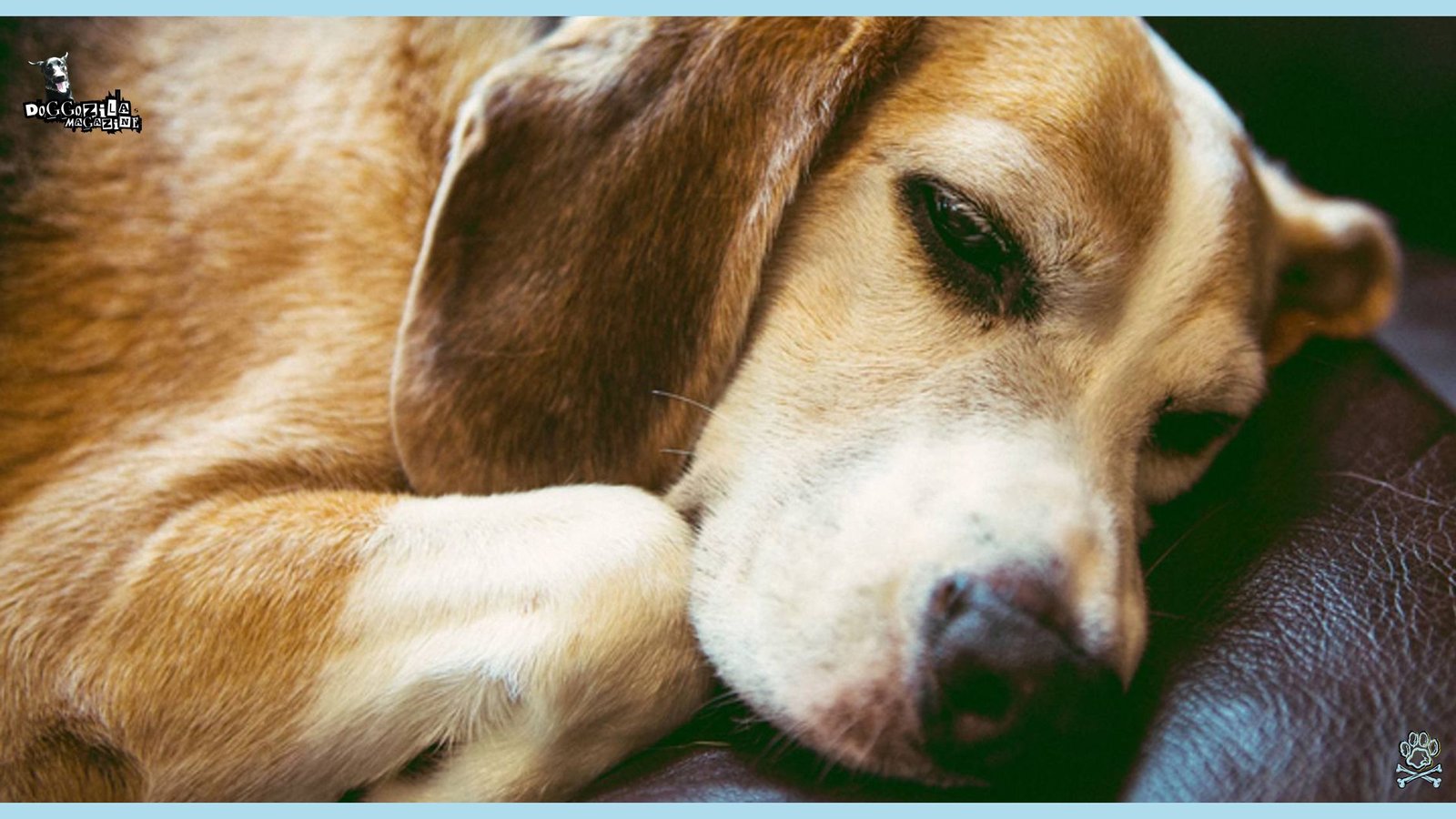
TIPS FOR RECOGNIZING REAL SLUMBER AND PREVENTING SLEEP PROBLEMS
Cultivating a consistent sleep routine—feeding, exercise, and wind‑down time—aligns with your dog’s natural circadian rhythm and minimizes counterfeit naps. Quality bedding, soothing white noise, and a quiet space free from sudden light or noise spikes all foster deeper rest. If you suspect an underlying sleep disorder, keep a simple sleep diary to share with your vet at the next check‑up. With these strategies, you empower your dog to rest authentically—no acting required.
While most pretend sleep is rooted in behavior and training, certain medical conditions can mimic or trigger extended dozing behaviors. Recognizing when a staged nap crosses into a health concern is vital for timely veterinary care.
Crafting the Ultimate Sleep-Friendly Environment
Choose a dedicated spot away from bustling hallways or loud appliances; dogs appreciate safe “den” spaces where they can drift undisturbed. Layer soft blankets or an orthopedic bed to support joints, especially in senior dogs. Ambient noise controls—like gentle fans or white‑noise machines—mask startling sounds that prompt defensive napping. Thoughtful arrangements transform any corner into a canine retreat.
Monitoring Sleep Quality to Catch Early Warning Signs
Keep an eye out for sudden yawning spikes, excessive daytime yawns, or frequent position changes—all red flags for disturbed rest or fake‑sleep patterns. Logging these events can reveal trends that merit veterinary attention, such as sleep apnea or cognitive decline. Early intervention ensures your dog’s dreamland remains safe and restorative.
Encouraging Healthy Canine Sleep with Daily Exercise
A robust morning walk or midday play session taps into natural energy cycles, making genuine rest more rewarding when bedtime arrives. Incorporate mental stimulation—puzzle feeders or scent games—to tire both body and mind, further promoting deeper REM phases. Balanced activity wards off boredom, the root cause of many a feigned nap act. By catering to your dog’s holistic needs, you guarantee nights of real, blissful slumber.
🔑 Key Points: To counter fake sleep for avoidance (walks, grooming, training), pair the activity with high-value rewards (treats, praise, play), transforming it into a positive experience.
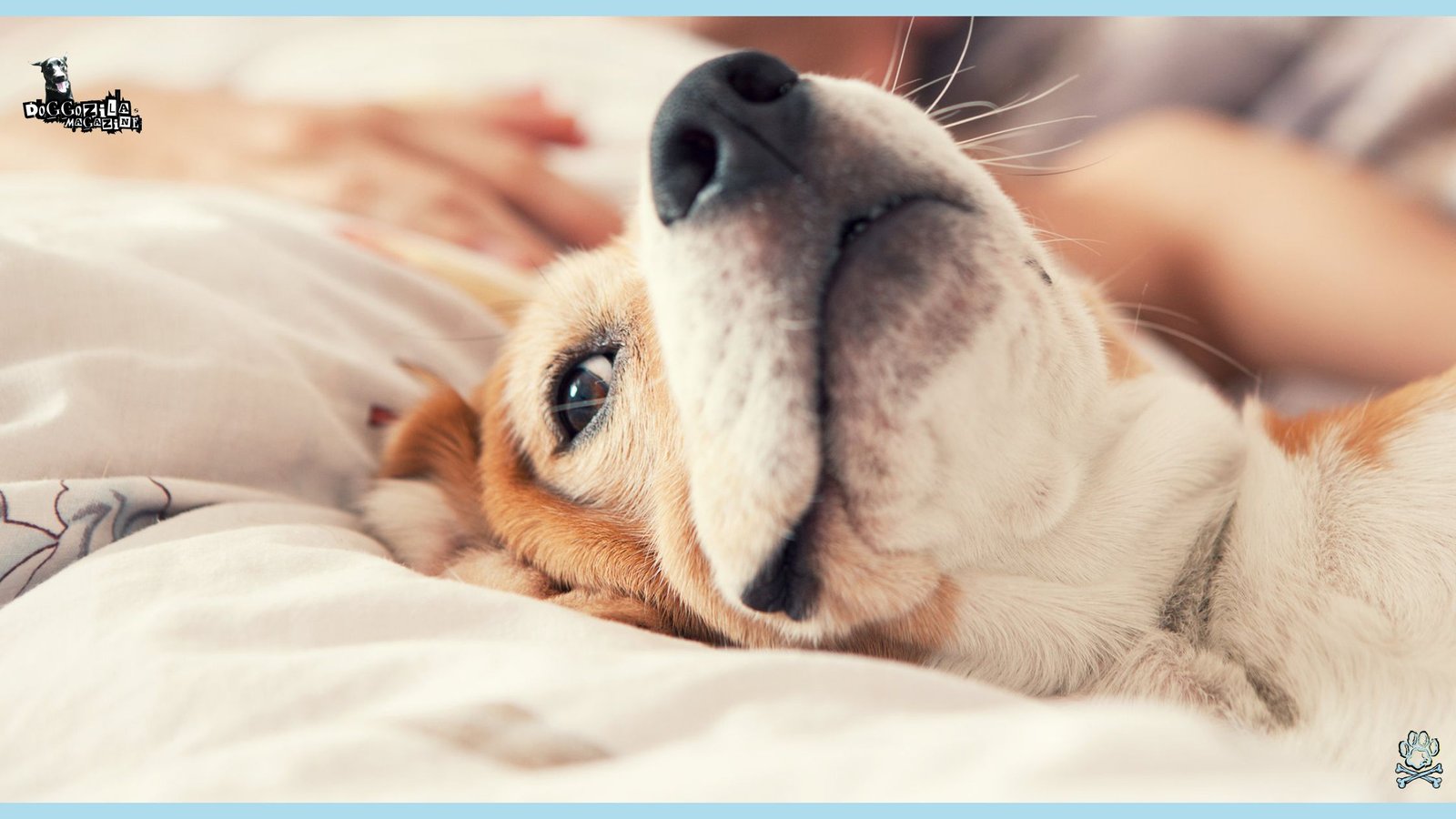
MYTHS AND MISCONCEPTIONS: DEBUNKING COMMON SLEEP BELIEFS
A swirl of myths surrounds canine sleep, from dogs dreaming in color to the idea that faking sleep hurts their trust. Understanding myths and misconceptions about dog sleep is crucial for responsible pet ownership. Ultimately, knowing the facts about both real and “fake” sleep fosters a safer, less stressful, and more empathetic relationship with our furry friends.
Let’s separate fact from fiction and give you the real scoop on doggy dozes. Believing falsehoods can lead to misinterpreting a dog’s health needs, overlooking potential issues like pain or illness affecting their rest, or even accidentally disturbing them in ways that cause stress. Recognizing this subtle behavior helps owners respect their pet’s boundaries and better understand their communication.
Myth: Dogs Only Dream in Black and White
While earlier studies speculated on limited color vision in dogs, modern research shows they perceive blues and yellows—suggesting dreams may include hues beyond grayscale. fMRI scans of dog brains during REM sleep reveal activity patterns similar to those in humans, hinting at colorful dreamscapes. So next time your dog twitches, they might be chasing a sunset, not just a squirrel.
Myth: Fake Sleep Damages Human-Dog Bonds
Some believe that if a dog stages a nap to get out of tasks, it undermines trust—but experts argue it’s simply another form of communication. Just as humans sometimes snooze in meetings to signal boredom, dogs use sleep gestures to express discomfort or redirect attention. Recognizing this as a skillful behavior rather than deception strengthens your bond, as you learn to respond empathetically to their needs.
Myth: All Breeds Fake Sleep Equally
Certain breeds—like scent hounds or terriers—are more prone to staged naps because of their high‑alert genetic heritage. Other breeds, especially those with a calm disposition like mastiffs or bulldogs, tend toward genuine rest. Breed‑specific studies on behavior genetics confirm these tendencies, helping owners anticipate and manage pretend sleep scenarios more effectively.
Myth: Puppies Don’t Fake Sleep
In reality, savvy puppies quickly pick up on house rules around rest and play, and may fake a snooze as early as eight weeks old to test boundaries. Puppy socialization classes often note staged naps as a coping mechanism when young dogs feel overwhelmed. Early, positive training around consistent rest cues helps puppies learn healthy sleep habits from the get‑go.
Did you know that dogs can fake injuries as well? Check the link below to see the article!
🔑 Key Points: Noisy/stressful environments encourage vigilant “fake” rest. Creating calm, consistent sleep spaces (dark, quiet, familiar scents) promotes genuine relaxation.

WHY EMBRACE THE UNIQUE SLEEP STYLE OF DOGS EVEN WHEN THEY DO FAKE IT?
Every dog is an individual with quirks, habits, and preferred snooze spots, from sunlit windowsills to cozy crates. By observing, understanding, and responding thoughtfully to both genuine and pretend sleep, you’ll deepen your connection and ensure your pup leads a happy, healthy life—awake or dreaming.
Take time to notice where and how your dog prefers to rest—whether sprawled out under a tree or tucked into a corner of the couch. These rituals offer insights into their comfort zones and stress points. Rewarding these routines with gentle pats or a calming word reinforces security, reducing the need for staged skits.
Journaling Sleep Patterns for Better Insights
Keeping a simple log of nap times, durations, and behaviors helps you track trends and spot anomalies early. Note when “fake sleep” occurs—was it right before a grooming session or at the start of dinner prep? Over weeks, patterns emerge, guiding training adjustments and veterinary check‑ins.
Tailoring Toys and Enrichment to Energy Levels
Matching play sessions to your dog’s natural rest‑wake rhythm optimizes both activity and downtime. High‑energy games in the morning followed by a calming chew toy in the afternoon can smooth transitions between genuine slumber and wakeful fun. Creative enrichment reduces the temptation for attention‑seeking fakes and keeps your dog mentally stimulated.
Lifelong Learning: Adjusting as Your Dog Ages
Senior dogs often shift their sleep architecture, needing longer rests and more frequent naps. Recognizing when pretend sleep dips or spikes can alert you to age‑related changes in mobility or cognition.
Adapting routines—like more padded beds or shorter, gentler walks—supports their evolving needs, ensuring comfort every step of the way. By blending science, real‑world examples, and a dash of adventure, you’re now equipped to decode every nap—real or staged—your dog offers.
„ Watch the Hilarious Way Adopted Dog Pretends to Be Asleep “
Whether you’re tackling thunder phobias, refining training sessions, or simply enjoying a lazy afternoon together, embracing your dog’s sleep style deepens your bond and makes every snuggle more meaningful.
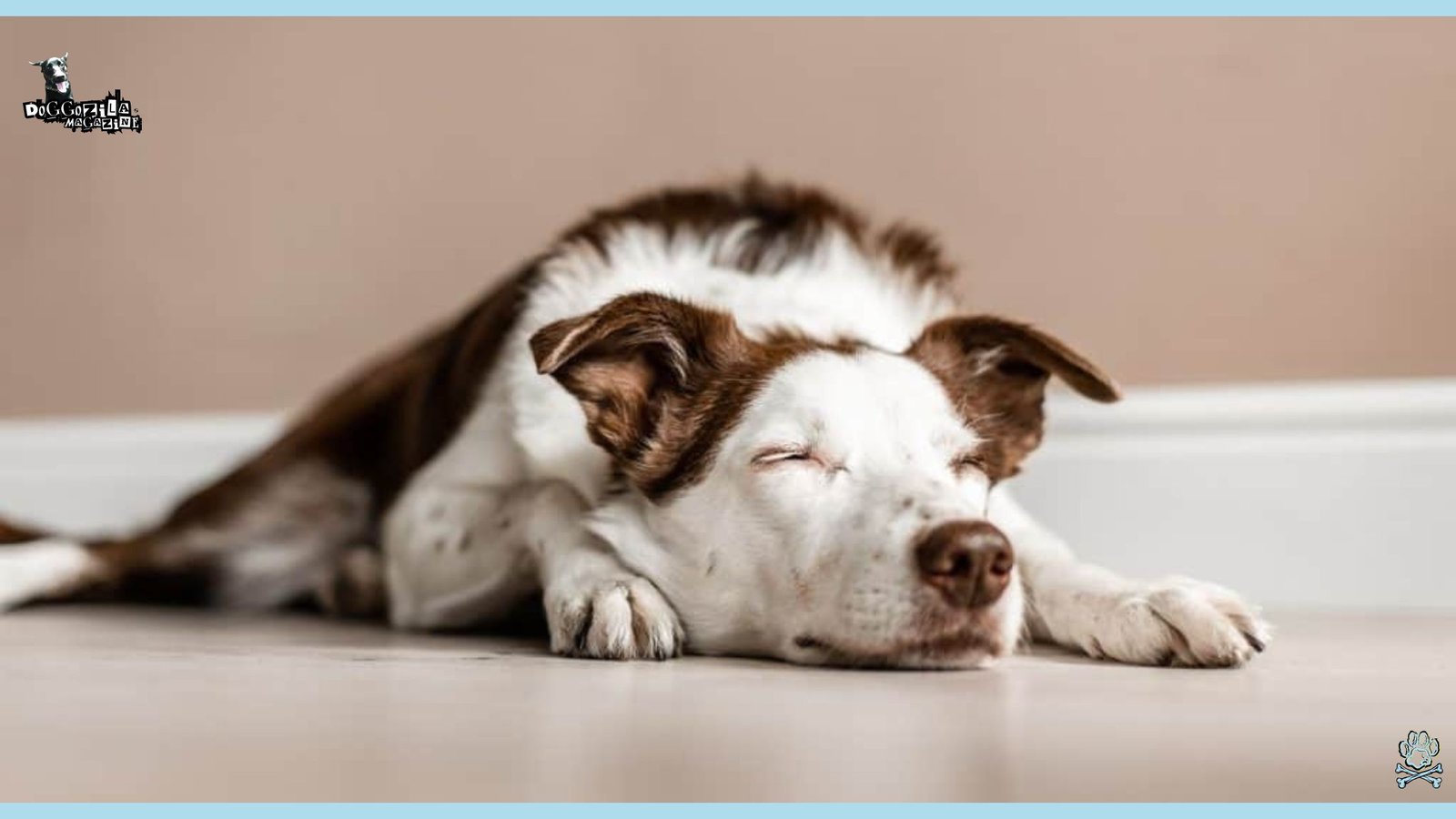
So, the next time you ask, “Do dogs fake sleep?” you’ll not only know the answer—you’ll have a whole toolkit of insights to keep tails wagging and dreams sweet.

